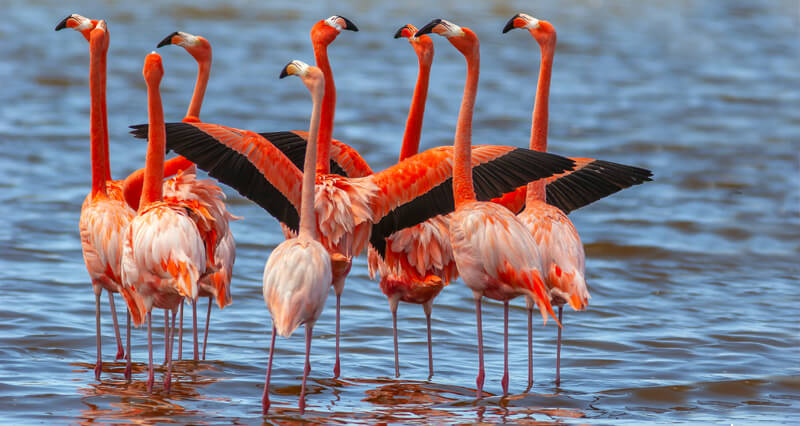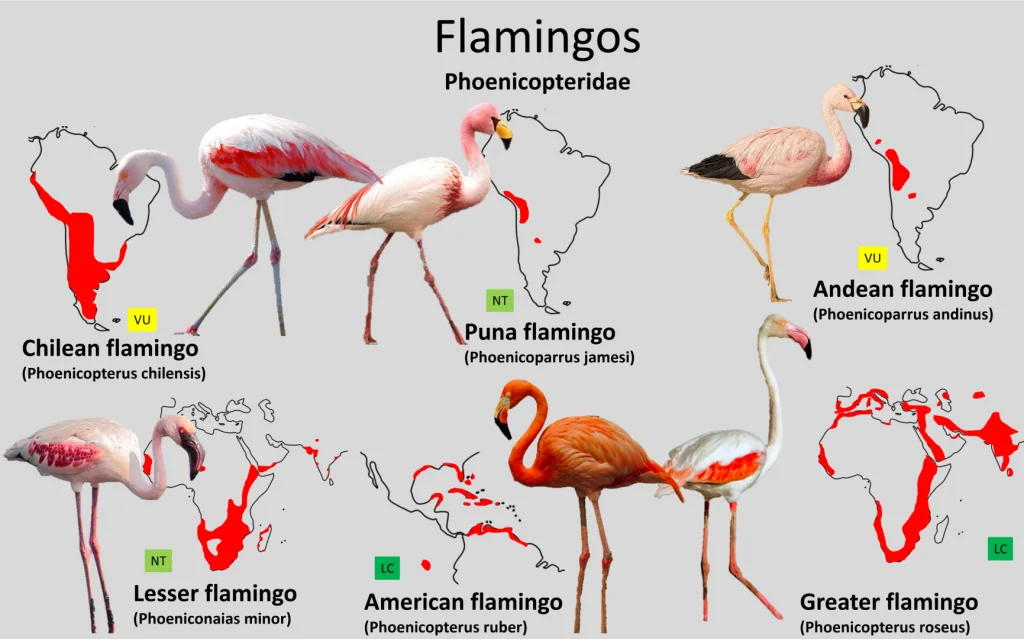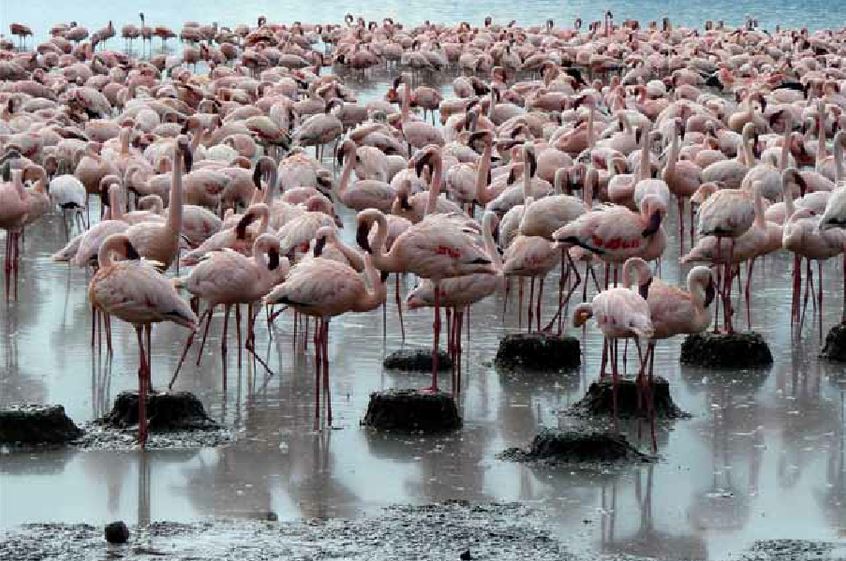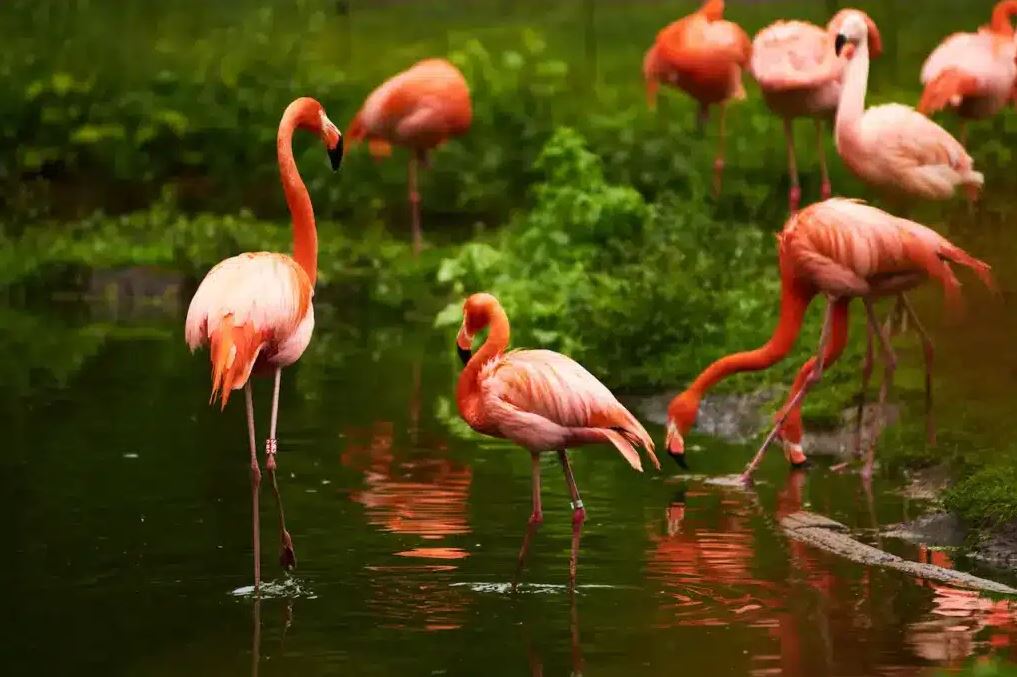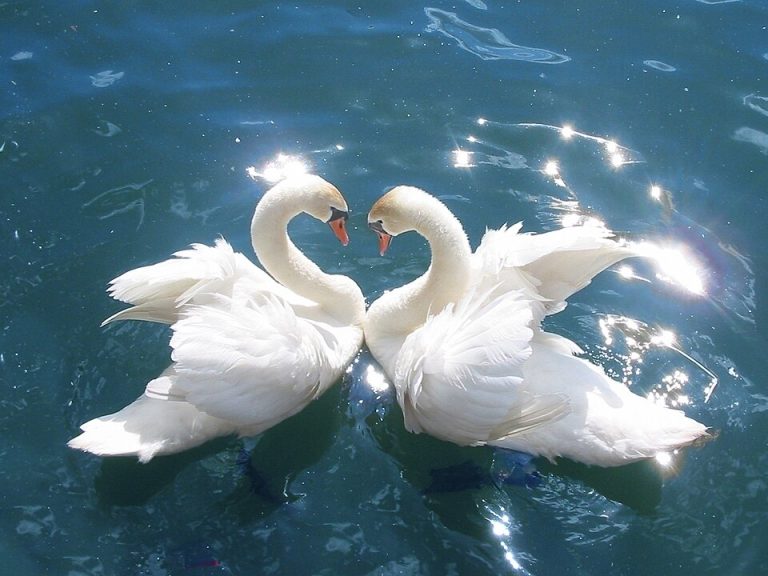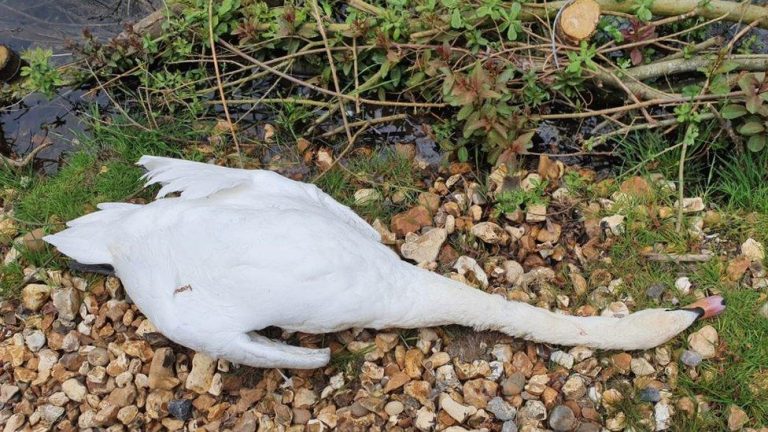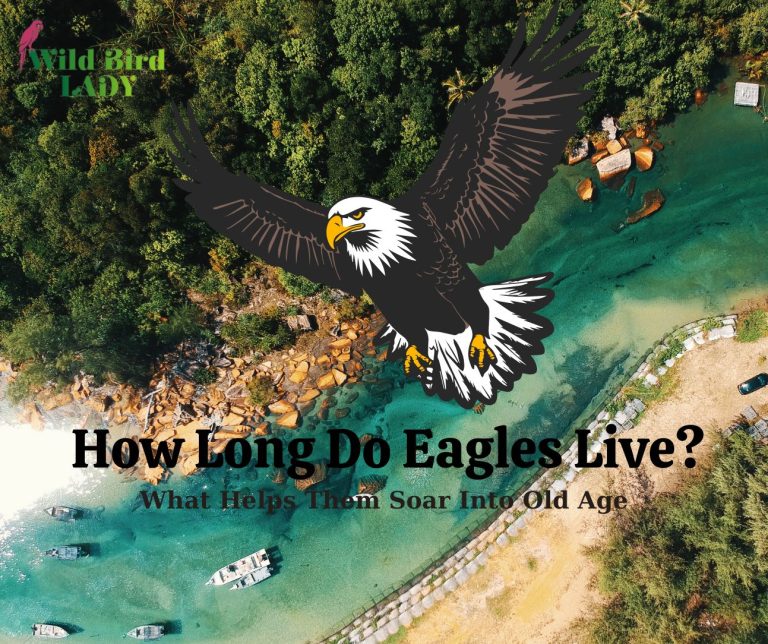Where Do Flamingos Live? Explore Their Colorful Homes in Nature
By Rifat Ahmed — Birdwatching Enthusiast with 13+ Years of Experience
There’s something undeniably magical about seeing a flock of flamingos in the wild—their vivid pink feathers, slender legs, and graceful necks evoke a sense of otherworldly elegance. But where do flamingos live when they’re not captivating us in documentaries or zoo exhibits?
With over a decade of birdwatching behind me, I’ve traveled across continents, observing these beautiful creatures in their natural surroundings. In this article, I’ll share not only where flamingos live but also explore their diverse habitats, behavior, and even answer the frequently asked question: how long do flamingos live?
Let’s take flight into the vibrant world of flamingos and discover the fascinating environments they call home.
A Quick Introduction to Flamingos
Before diving into where flamingos live, it’s essential to understand who they are. Flamingos are wading birds in the family Phoenicopteridae. There are six species of flamingos worldwide:
- Greater Flamingo (Phoenicopterus roseus)
- Lesser Flamingo (Phoeniconaias minor)
- Chilean Flamingo (Phoenicopterus chilensis)
- Andean Flamingo (Phoenicoparrus andinus)
- James’s Flamingo (Phoenicoparrus jamesi)
- American Flamingo (Phoenicopterus ruber)
Each species has its own preferred habitat, but they share certain environmental needs, such as shallow waters and abundant food sources like algae, small crustaceans, and diatoms.
Where Do Flamingos Live? A Global Perspective
1. Africa: Home to the Largest Flamingo Populations
Africa hosts both Greater Flamingos and Lesser Flamingos, with some of the most iconic flamingo habitats in the world.
- Lesser Flamingos congregate by the millions in East African soda lakes such as Lake Nakuru and Lake Bogoria in Kenya. These lakes are rich in cyanobacteria, their favorite food.
- Greater Flamingos, on the other hand, are found in both freshwater and saline wetlands across North Africa and the Mediterranean coast.
“In East Africa, seeing thousands of flamingos turn a lake pink is nothing short of breathtaking,” — Rifat Ahmed
2. The Americas: From the Caribbean to the Andes
In the Western Hemisphere, flamingos thrive in both tropical and high-altitude regions:
- American Flamingos are native to the Caribbean, including the Bahamas, Cuba, and coastal Yucatán in Mexico. You can also spot them in Florida, though they’re rarer there.
- Andean Flamingos, James’s Flamingos, and Chilean Flamingos inhabit high-altitude wetlands in the Andes Mountains, particularly in Peru, Bolivia, Chile, and Argentina.
These Andean lakes can freeze over at night, yet flamingos survive, showing their resilience and adaptability.
3. Europe and the Middle East: Migratory Visitors
The Greater Flamingo is the most widespread species and can also be found in parts of Europe and the Middle East.
- Southern Spain, especially the Fuente de Piedra Lagoon, is a major breeding site.
- In the Middle East, flamingos inhabit salt pans and lagoons in countries like Iran, Israel, and the United Arab Emirates.
These regions offer seasonal wetlands where flamingos breed, feed, and rest during migration.
4. Asia: Remote Yet Important Habitats
Flamingos can also be found in parts of India, Pakistan, and Sri Lanka. The Rann of Kutch in Gujarat, India, is a significant breeding ground for Greater and Lesser Flamingos.
The saline flats of this region, flooded during the monsoon, create the perfect seasonal flamingo habitat.
Habitat Flamingos Prefer: Not Just Any Water Will Do
When discussing habitat flamingos, it’s crucial to understand that they are incredibly selective. Their habitats typically include:
- Shallow lakes and lagoons (both saline and alkaline)
- Estuaries and tidal flats
- Salt pans and mudflats
- High-altitude wetlands (for Andean species)
Key Environmental Factors
- High salinity or alkalinity: These conditions deter predators and competitors.
- Shallow waters: Ideal for their unique feeding method—filtering tiny organisms with their beak upside down.
- Remote, undisturbed areas: Flamingos are shy and need safety for nesting.
According to the Cornell Lab of Ornithology’s All About Birds, flamingos also require a strong seasonal rhythm—wet and dry cycles—to stimulate breeding behaviors and food availability.
Flamingo Nesting: Islands of Mud in the Middle of Water
Flamingos often build mud cone nests to keep their eggs safe from flooding and predators. These nests are usually constructed in colonies that may number in the thousands.
- Breeding Season: Often coincides with the rainy season, which floods their habitat and encourages algal blooms.
- Egg Laying: Females lay one egg, and both parents take turns incubating.
Some of the largest breeding colonies, like the one at Lake Natron in Tanzania, are so remote and caustic that they are nearly inaccessible to humans—offering safety for this vulnerable stage.
How Long Do Flamingos Live?
Another popular question is: How long do flamingos live?
In the wild, flamingos typically live between 20 to 30 years. However, in captivity, where there are no predators and consistent food supply, flamingos can live much longer—up to 50 years or more!
“One of the oldest known flamingos lived to be 83 years old at the Adelaide Zoo in Australia,” notes All About Birds.
Lifespan by Environment
| Environment | Average Lifespan |
|---|---|
| Wild (Natural Habitats) | 20–30 years |
| Captivity (Zoos, Sanctuaries) | 40–60 years+ |
Flamingos are long-lived birds, which is rare for such social species that nest in large, often risky colonies.
Flamingo Migration: Are They Always in the Same Place?
One of the most fascinating aspects of flamingo behavior is their migration patterns—or more accurately, their partial migration. Unlike birds that follow fixed migratory routes year after year, flamingos tend to migrate opportunistically, depending on changing environmental conditions. That means some populations may remain in one area year-round, while others travel vast distances to find suitable feeding or breeding grounds.
Greater Flamingos: From Europe to Africa
Greater Flamingos (Phoenicopterus roseus) are found in parts of Southern Europe, including Spain, France, and Turkey. As temperatures drop in the late autumn and food sources become scarce, many of these flamingos migrate to North Africa, particularly to coastal wetlands in Tunisia, Morocco, and Egypt. These warmer regions provide ideal wintering habitats with shallow, saline water and abundant algae.
Interestingly, some Greater Flamingos in warmer European climates—like southern Spain’s Doñana National Park—don’t migrate at all if food and water remain stable.
Lesser Flamingos: Shifting Within East Africa
Lesser Flamingos (Phoeniconaias minor), primarily found in the soda lakes of East Africa, such as Lake Natron, Lake Bogoria, and Lake Nakuru, also exhibit migratory behavior. However, their movements are more localized and closely tied to water levels and salinity.
For example, during periods of drought or when water becomes too deep or too fresh, flamingos abandon their usual haunts and move to more suitable lakes. Because their primary food source—cyanobacteria—requires specific chemical conditions to bloom, even minor changes can prompt mass relocation.
In some years, you may find millions of flamingos in one lake, while the next year, that same lake might be empty.
American Flamingos: Wandering After Storms
American Flamingos (Phoenicopterus ruber) typically inhabit the Caribbean, including the Bahamas, Cuba, the Yucatán Peninsula, and parts of northern South America. They are generally non-migratory, but occasional dispersals do occur, especially after tropical storms or hurricanes.
These weather events can blow flamingos off course, sometimes as far as Florida, Texas, and even the Gulf Coast of the U.S. In fact, there have been multiple documented sightings of wild American Flamingos reappearing in Everglades National Park, suggesting that small populations might be trying to reestablish themselves after centuries of decline.
What Triggers Flamingo Migration?
Unlike long-distance migrators like Arctic Terns or Swallows, flamingos respond to environmental cues rather than seasonal calendars. The primary migration triggers include:
- Water Levels: If a lake dries up or floods too deeply, flamingos will move.
- Salinity and Alkalinity: Changes in water chemistry can disrupt food supply.
- Food Availability: A lack of algae or invertebrates forces flamingos to find better feeding grounds.
- Breeding Conditions: Flamingos seek quiet, isolated places to nest. If a site becomes too disturbed, they abandon it.
According to All About Birds, “Flamingos are highly sensitive to environmental changes and will relocate in large flocks if conditions aren’t suitable.”
Flight Capabilities: Long-Distance Flyers
Flamingos may look awkward on land, but in the air, they are powerful fliers. They typically travel at night, in large V-shaped formations, and can cover hundreds of miles in a single journey. While they prefer tailwinds, they’re capable of crossing long desert stretches and even mountainous regions to reach suitable habitats.
Threats to Flamingo Habitats
While flamingos are iconic, their habitats are increasingly under threat. These include:
- Wetland drainage for agriculture
- Pollution from mining and industry
- Climate change altering water levels and salinity
- Disturbance from tourism or urban expansion
Conservation organizations are working worldwide to protect flamingo habitats, especially major breeding sites. For example, Lake Natron, home to nearly 75% of the world’s Lesser Flamingo population, has been the focus of many conservation campaigns.
According to All About Birds, “Flamingos serve as an indicator species—when their habitat suffers, many other animals are at risk too.”
Fun Facts About Flamingo Habitats
Here are a few surprising facts that highlight the uniqueness of where flamingos live:
- Flamingos can survive in waters nearly as acidic as vinegar and as salty as seawater.
- They often live in “hypersaline” lakes that few other animals can tolerate.
- Some flamingo species nest at altitudes over 14,000 feet, such as in the Andes.
- Flamingos may fly hundreds of miles overnight to find new feeding grounds.
Final Thoughts: A Birdwatcher’s Dream
From the alkaline lakes of Africa to the salt flats of South America, flamingo habitats are as unique and colorful as the birds themselves. Observing them in the wild has been one of the most rewarding experiences of my birdwatching career.
If you ever get a chance to visit a natural flamingo colony, go. Stand quietly. Watch them filter-feed in shallow waters or take flight in synchronized waves of pink. It’s a sight that will stay with you for life.
As we marvel at their beauty, let’s also remember to protect their homes. Because when we preserve where flamingos live, we safeguard the biodiversity of entire ecosystems.
Key Takeaways
- Where do flamingos live? In warm, shallow wetlands across Africa, the Americas, Europe, and Asia.
- Habitat flamingos prefer includes saline or alkaline lakes, lagoons, and estuaries.
- How long do flamingos live? Around 20–30 years in the wild, and up to 60+ years in captivity.
- Major threats to their habitat include pollution, development, and climate change.
- Conservation efforts are crucial to ensure the future of these incredible birds.
Learn more about flamingos:

